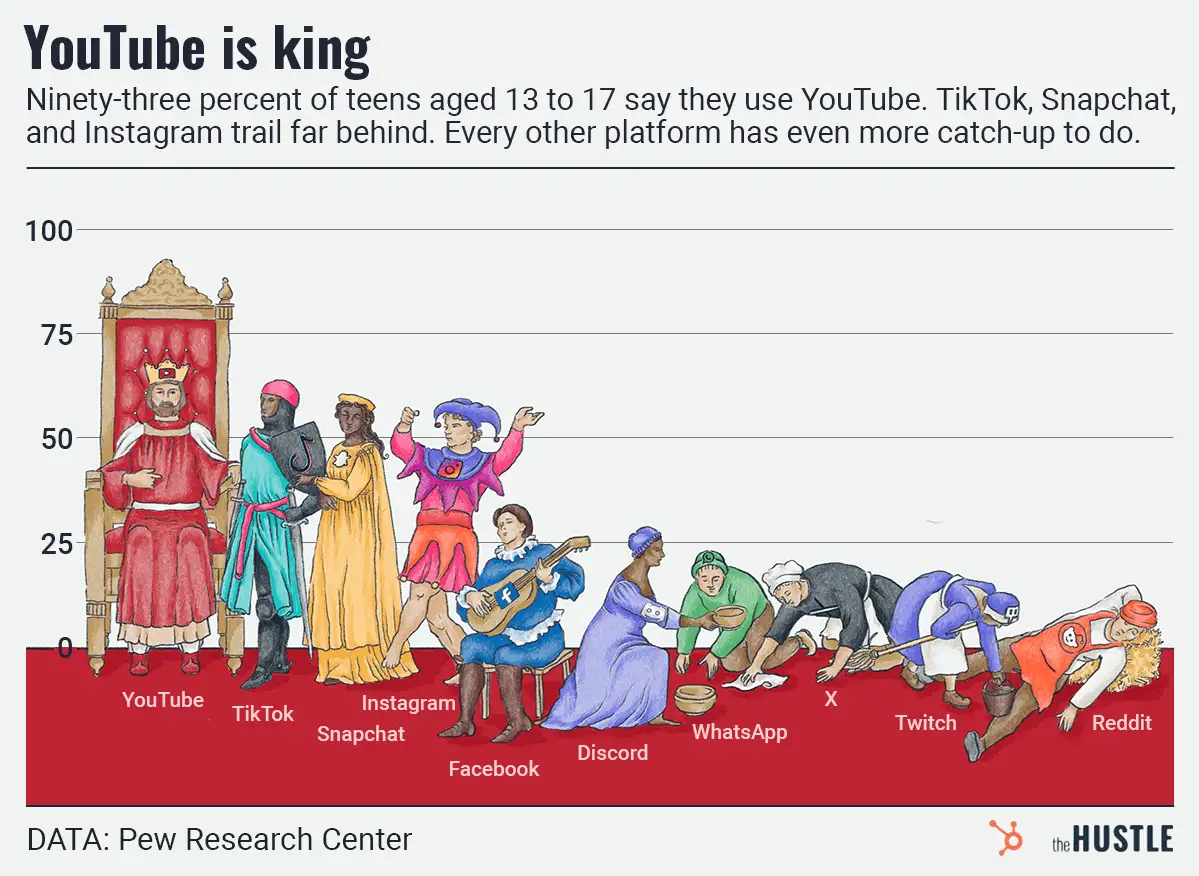
A below-the-radar winner in the streaming wars: Roku
Roku is a minnow compared to giants in the streaming space (AT&T, Amazon, Apple, Disney Netflix). How did it become a content gatekeeper?
Published:
Updated:
Related Articles
-

-
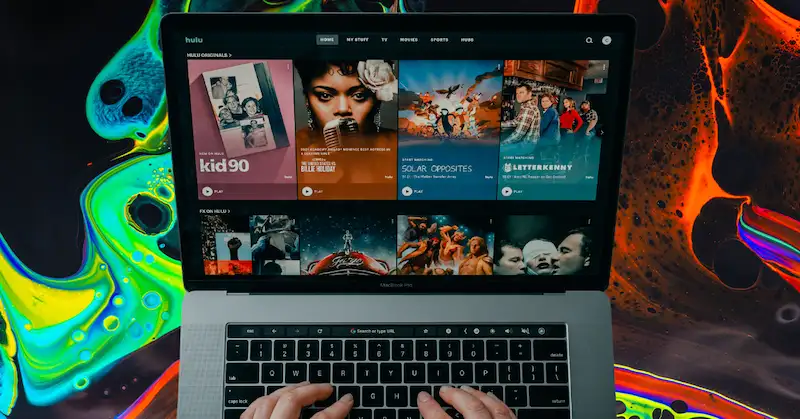
Disney will buy Comcast out of Hulu as streaming looks more like regular old TV
-
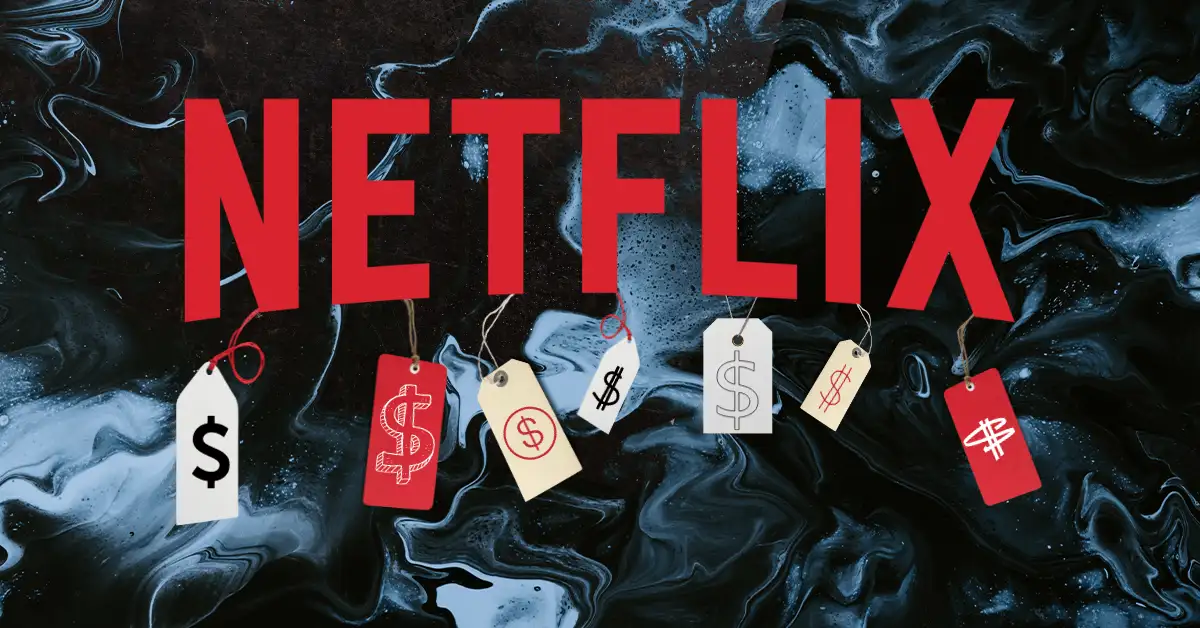
Netflix is turning up the volume on its merch business
-

No, we do not want Amazon Music Unlimited
-

Is the ‘Big One’ about to drop on Amazon?
-
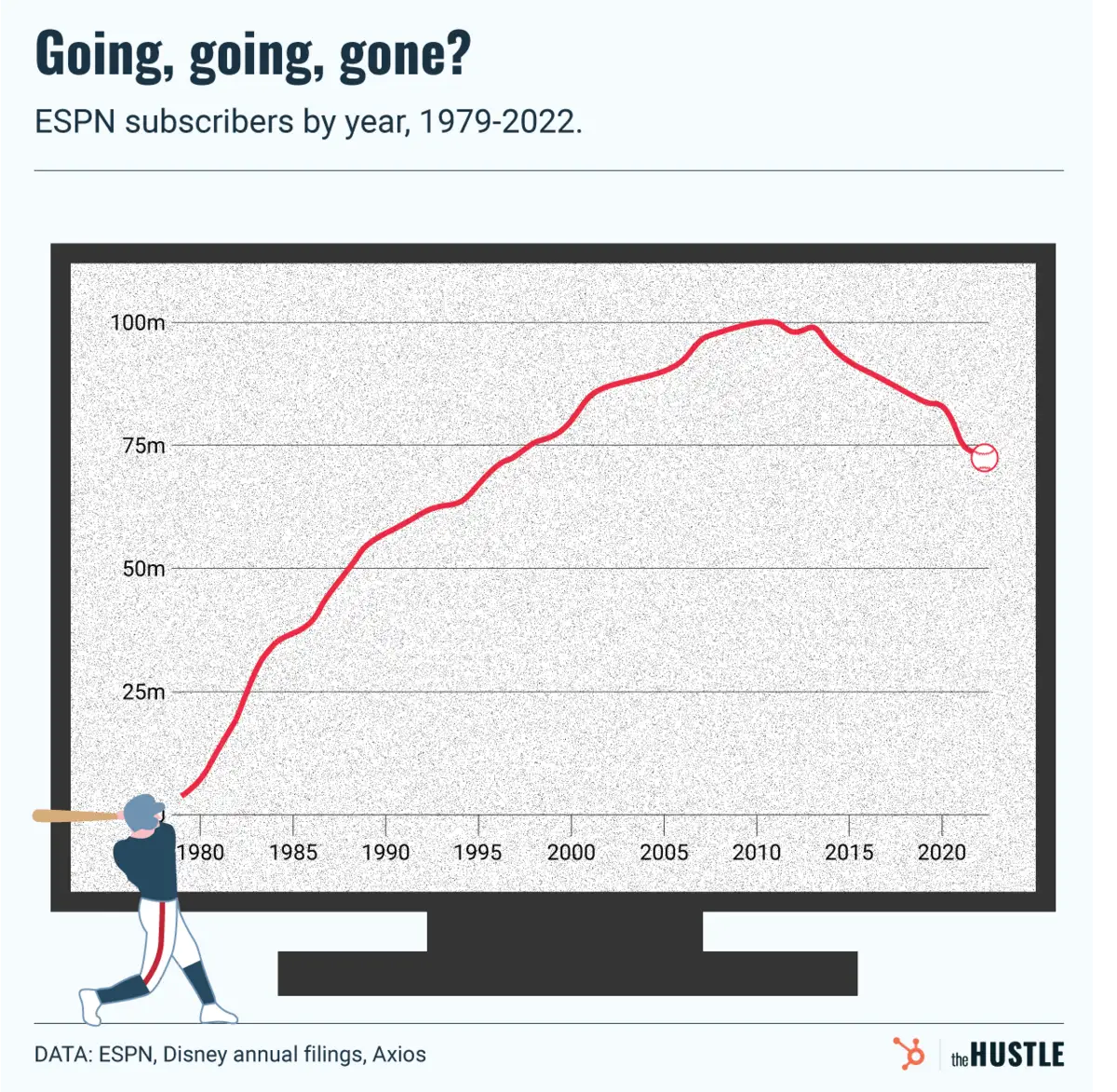
On Bob Iger’s to-do list: Fix ESPN, TV, Pixar, and more
-
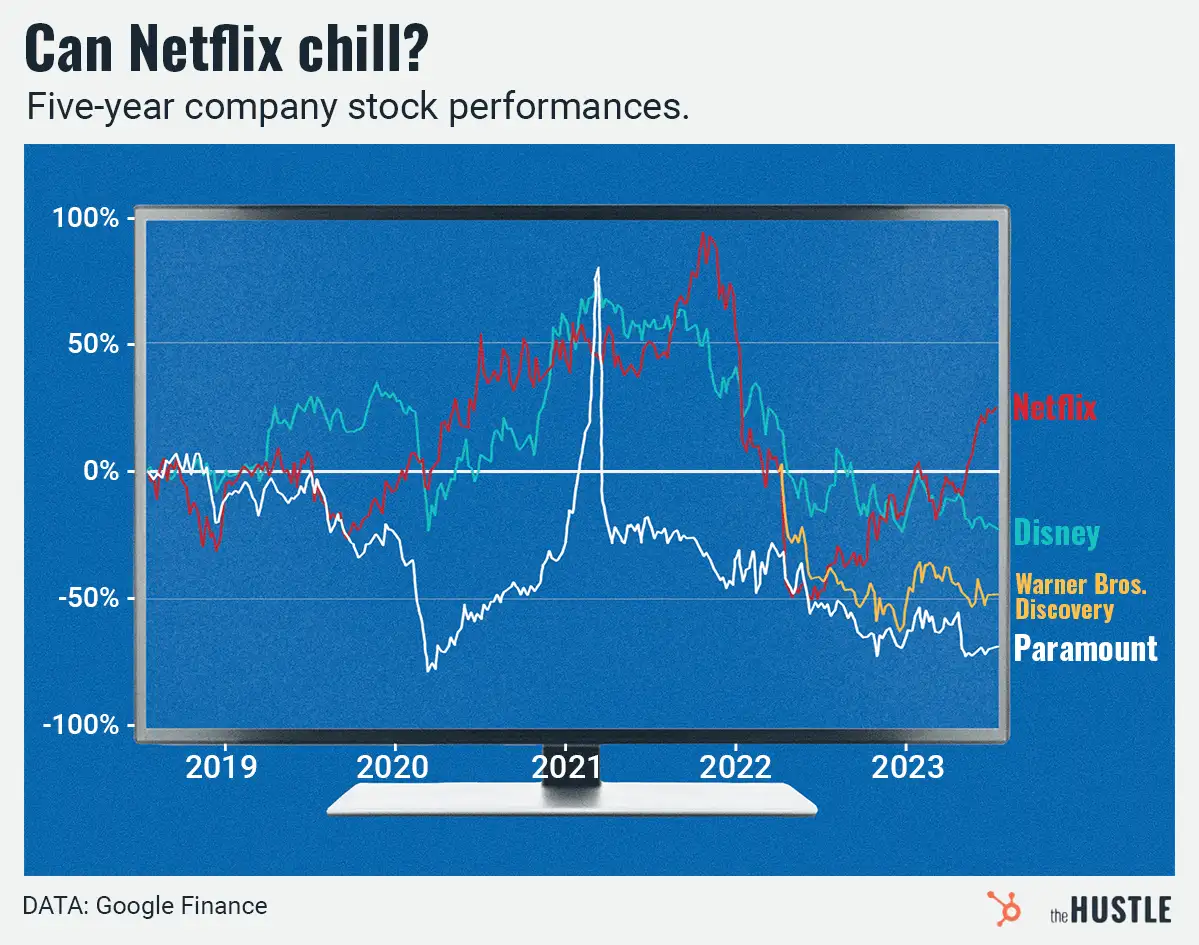
So, can we stop calling it ‘the streaming wars’ now?
-
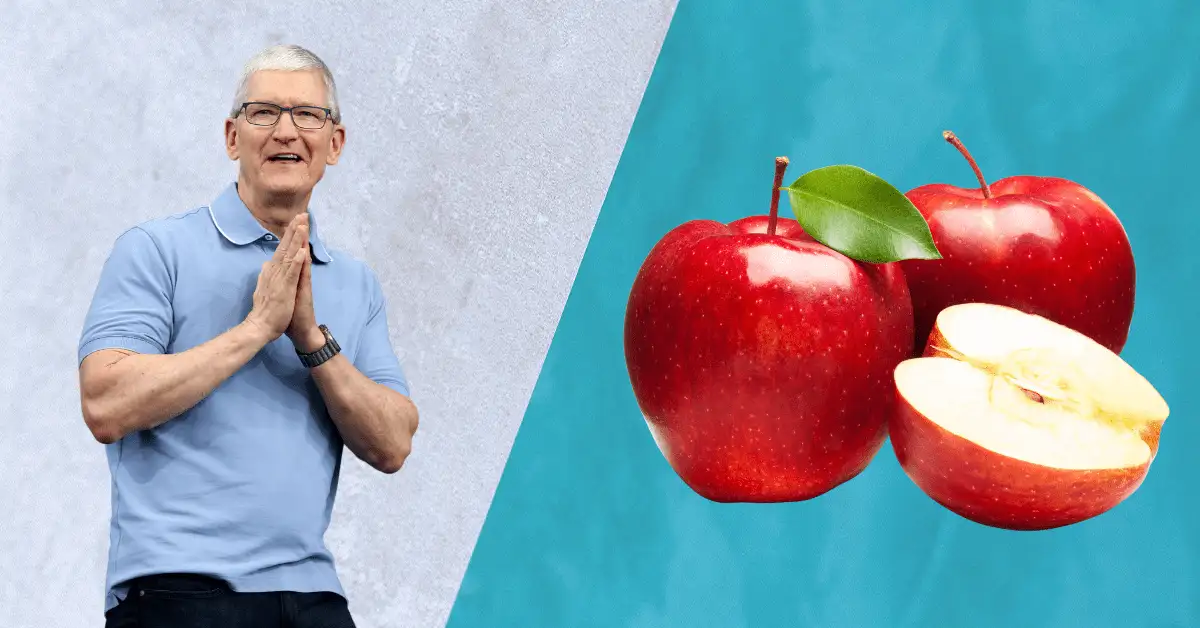
Apple vs. apples
-
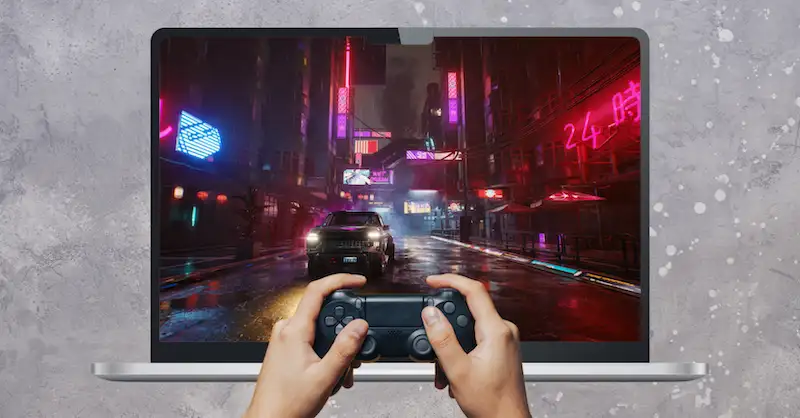
Mac made a big change for gamers
-
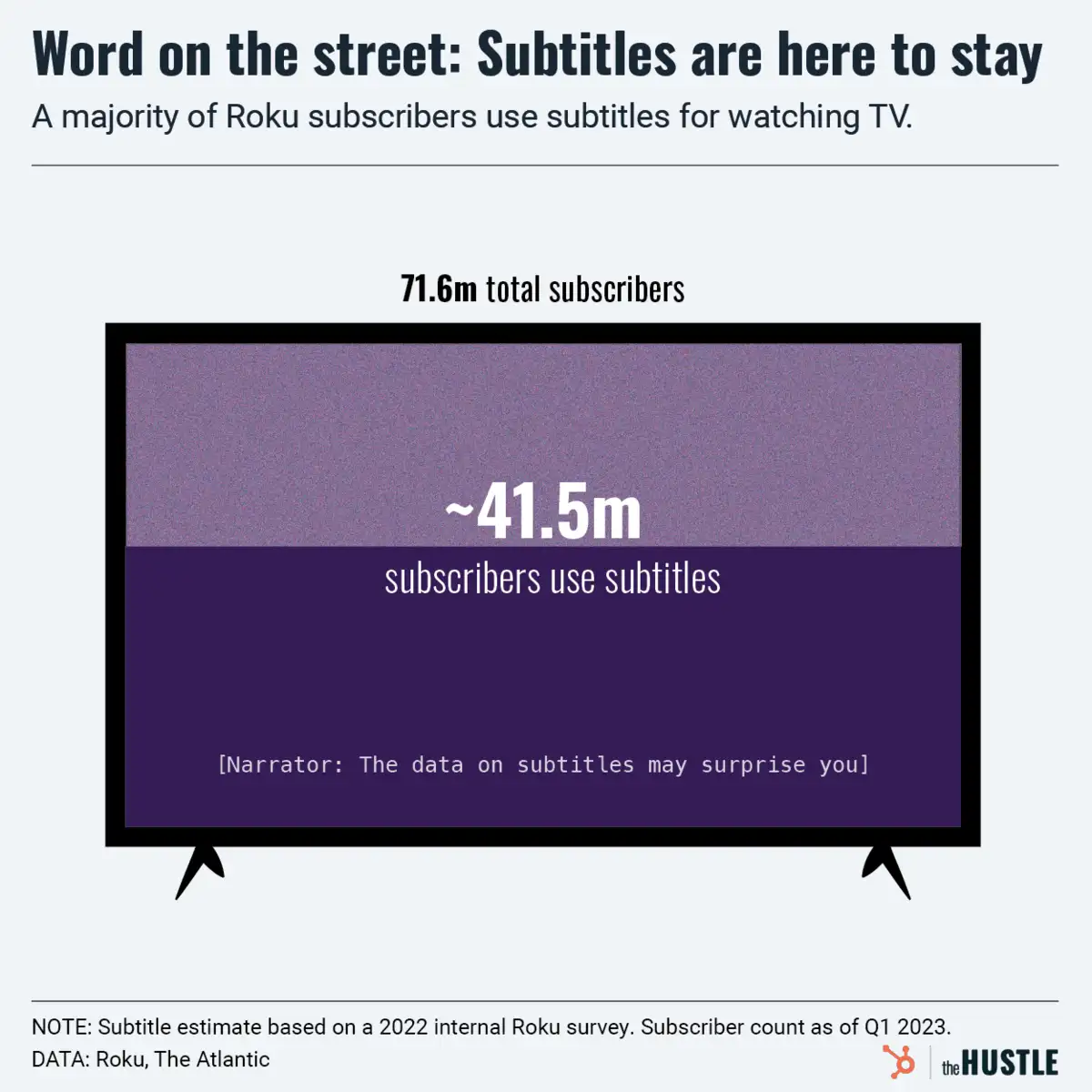
The world’s subtitle use is speaking volumes

